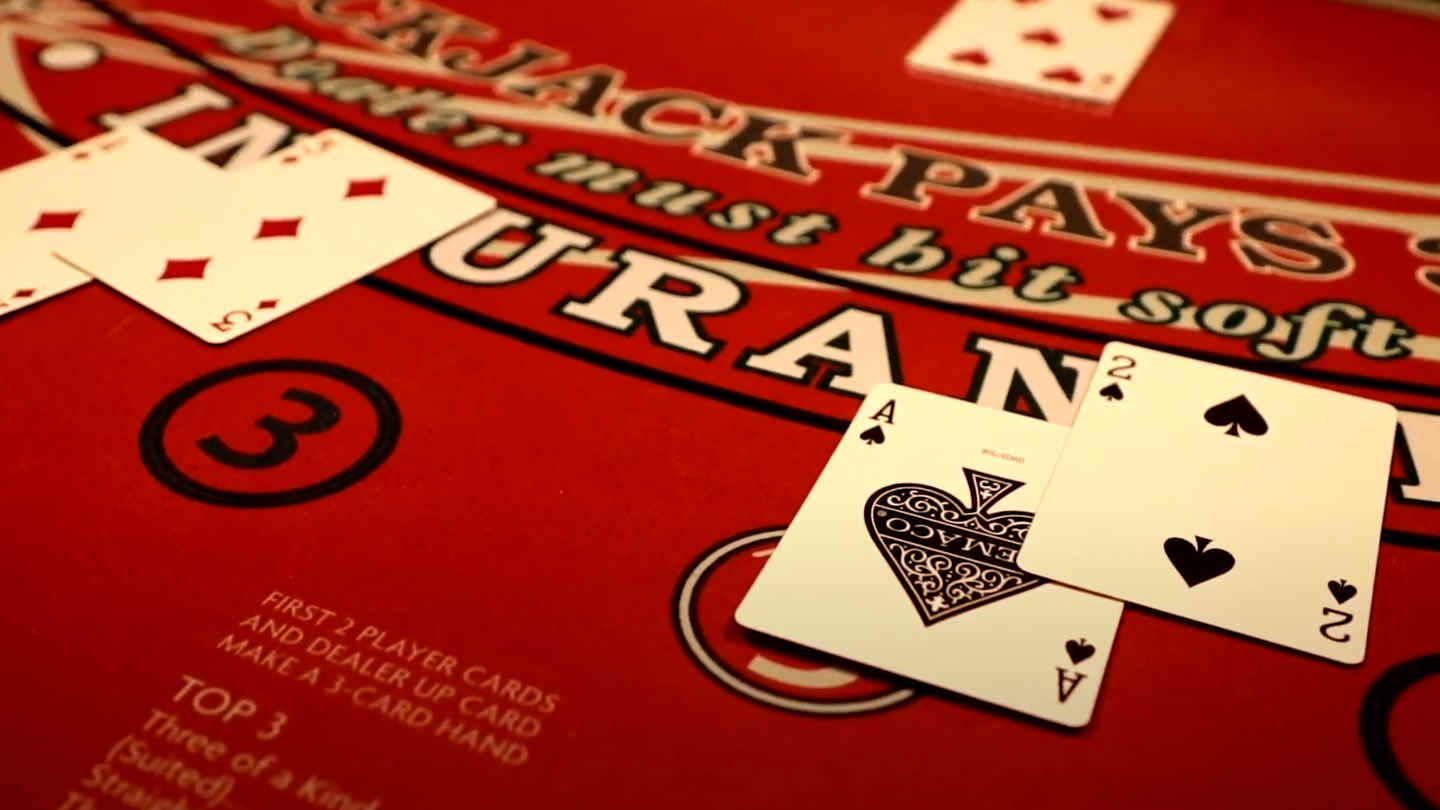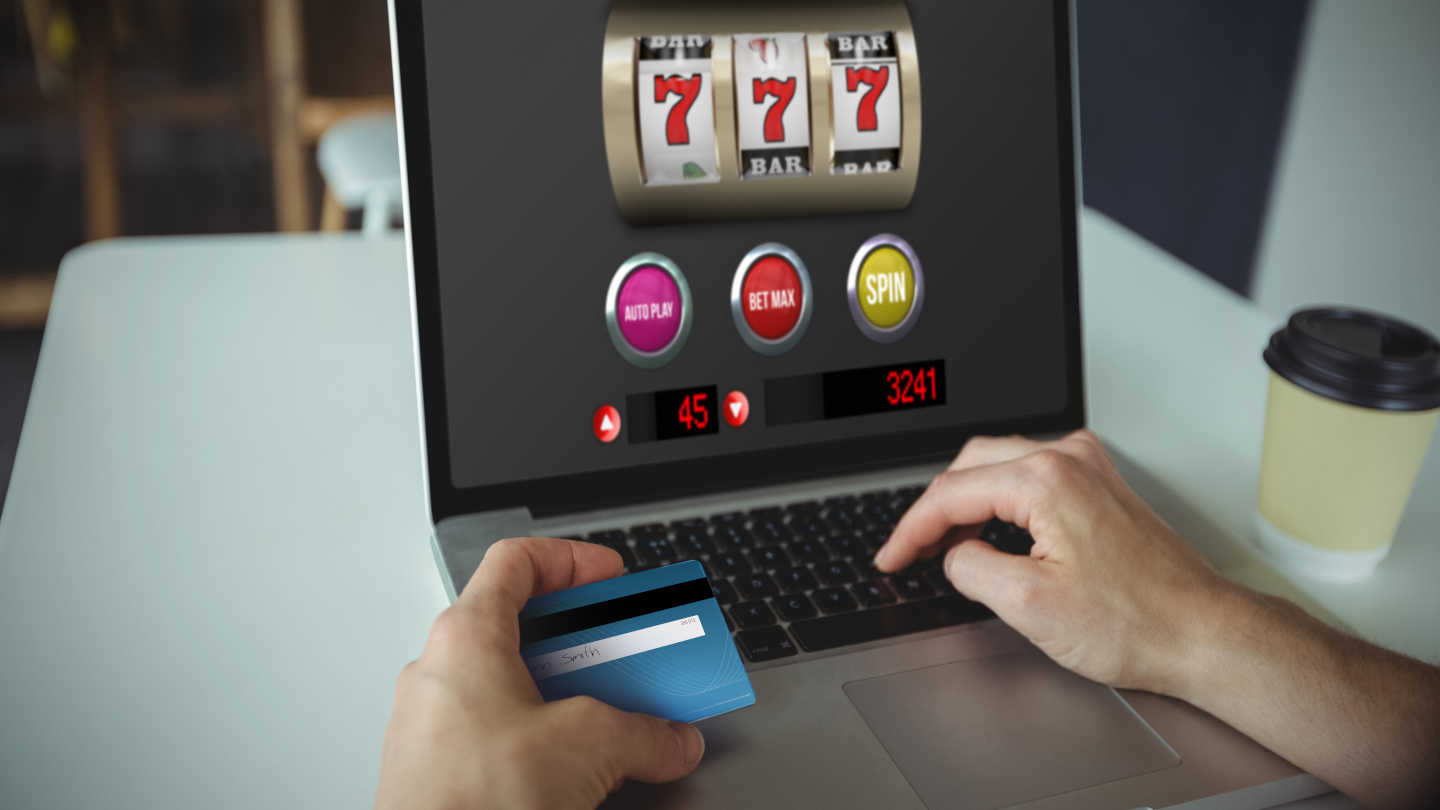Hard vs Soft in Blackjack: What’s the Difference?

1 minute
Last Updated: February 13, 2024
In blackjack, a player is said to have a soft hand if at least one of the two cards he receives at the start of the game is an Ace. In this case, the player’s total is flexible because the Ace can be considered 1 or 11 depending on the other cards in the deck. This leaves the player with better choices during play. For instance, a hand consisting of an Ace and an 8 card is a soft 19. In this case, the ace can be counted as either 1 (bringing the total to 9) or 11 (bringing the total to 19).
A player is said to have a hard hand if he does not have an Ace card. In this case, the total value of his cards is fixed because there’s no option to choose between two different totals. For example, if you have a queen and a 5 card, your total is a hard 15.
Understanding the difference between hard vs. soft is important because it determines the blackjack strategy to use when deciding your next move. For instance, a hit is recommended if you have a hard hand with a total value of 12 or higher if the dealer’s up card is 7, 8, 9, 10, or Ace. Conversely, you want to stand if you have a soft hand that’s 18 or higher.















